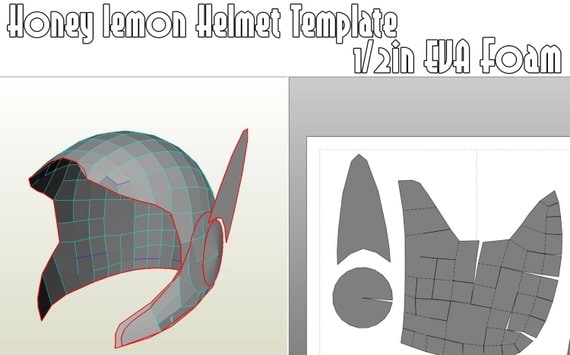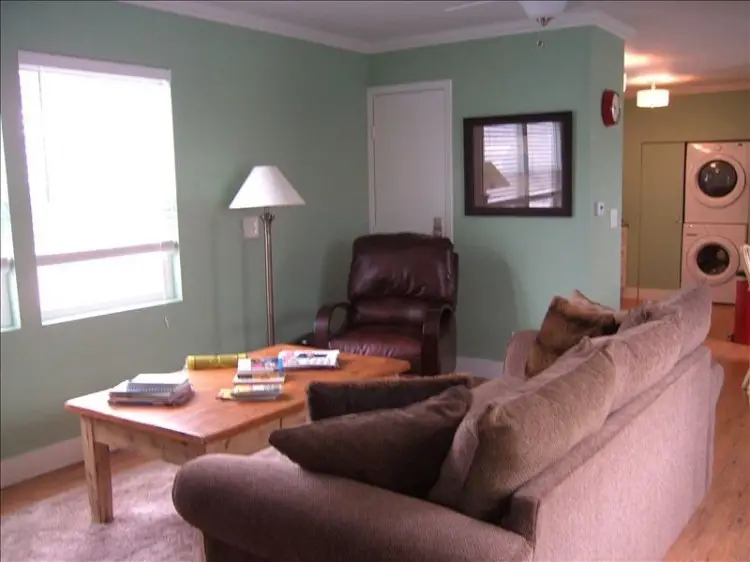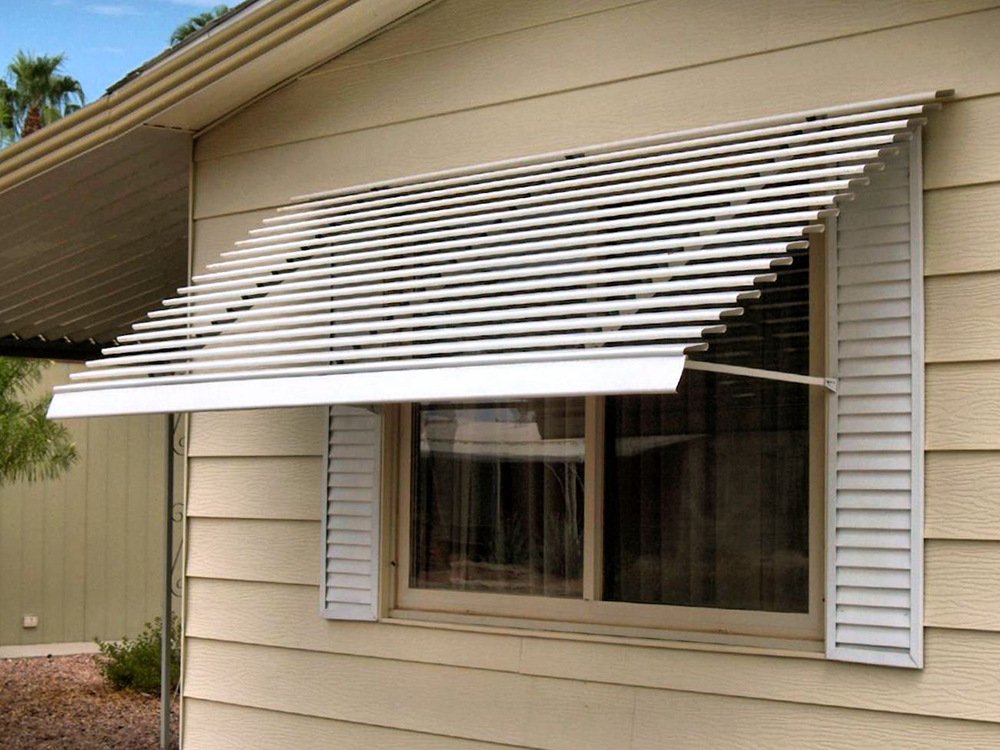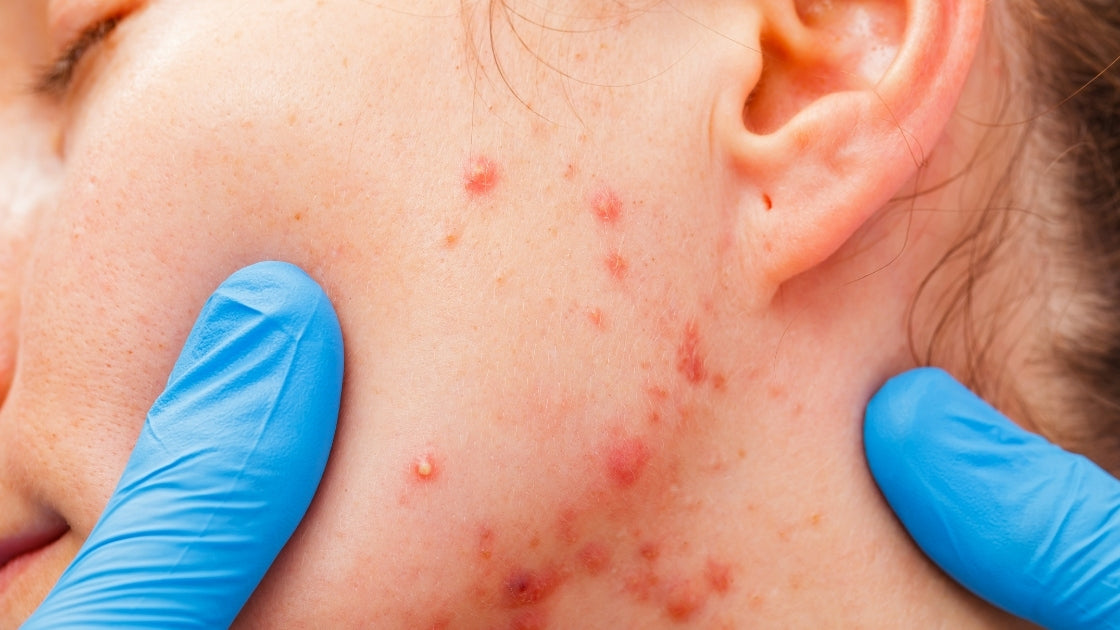Table of Content
Do you have the tools you need to thrive as regulations continue to evolve? If the answer is no, Relias has compiled a list of resources to keep you up-to-date on PDGM. Now that the Patient-Driven Groupings Model has taken effect, home health agencies across the country are trying to keep up and maintain compliance. Count on Relias to support your journey toward better care and financial outcomes with reliable thought leadership and expert advice. Relias is committed to helping your organization get better through training, performance, and talent solutions that address your specific areas of focus.
Almost all second and subsequent 30-day periods will be classified as Community, even if they are contiguous. EBrochureDownload and print this brochure to share with your physicians. With the pandemic, many agencies weren't able to fully implement the learnings and training on PDGM as they understandably had to focus on COVID.
PDGM’s Impact on Billing & Finance
A 30-day period of care will be classified as a Community Admission if the patient has had no acute or post-acute stay within the 14 days prior to admission. As a diagnosis coding, OASIS review, and data analytics company, we review thousands of OASIS a month. One of the difficulties that agencies have with PDGM is accurate documentation. Only the referring physician or primary care physician can verify and diagnose diseases. PDGM replaces the previous reimbursement model called Prospective Payment System which was implemented in 2000.
This threshold is determined by the tenth percentile of visits in each payment group with a minimum of threshold of 2. FISS will be modified to auto-cancel RAP payments on or after January 1, 2020 when the final claim is not received within 90 days of the statement FROM date of the RAP, or 60 days from the paid date of the RAP. HHA providers submit one RAP and one final claim for each 30 day period.
When did PDGM go into effect?
Optional reporting of new Occurrence Codes 61 and 62 identifies the admission source. Late episode of care – Third episode and beyond in a sequence of adjacent covered episodes. Sign up to get the latest information about your choice of CMS topics. The believe that CMS should not base adjustments on assumed behavior changes in response to PDGM’s implementation but rather on actual behavioral changes. Many home health advocates do not like the idea of creating a behavioral adjustment before new regulations take effect.
The PDGM relies more heavily on clinical characteristics, and other patient information to place home health periods of care into meaningful payment categories. One case-mix variable is the assignment of the principal diagnosis to one of 12 clinical groups to explain the primary reason for home health services. According to CMS, comorbidity is tied to poorer health outcomes, more complex medical needs and management, and higher care costs. The PDGM will designate a comorbidity adjustment of low, high, or none for each 30-day period based on a patient’s secondary diagnoses reported on the claim. Perhaps the most significant component of PDGM for HHAs is the change of unit of payment from 60-day episodes of care to 30-day periods of care.
How PDGM and Medicare Advantage Will Evolve Home Health and Home Care
CMS announced that the final behavior change adjustment for PDGM 30-day payment rates would be a 4.36% reduction instead of the proposed 8.01% decline. PDGM is leading to shifts in the way many agencies operate so they can maximize reimbursements under the new model. It can take time to hire new people or train current staff to provide high-quality care for these new types of cases.
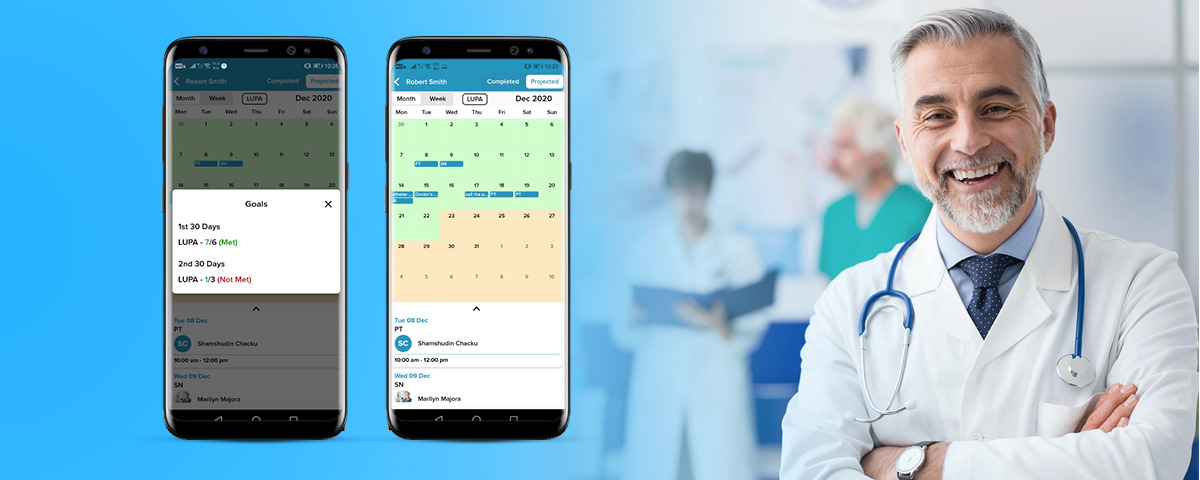
When diagnosis codes change between one 30-day claim and the next, HHAs are not required to complete an ‘other follow-up’ assessment. However, an ‘other follow-up’ assessment is required when such a change would be considered a major decline or improvement in the patient’s hearth status. Case-mix weights are determined by dividing the predicted resource use for each HHRG by the overall average resource use of all 30-day periods and are then used to adjust the 30-day payment rate. Costs are determined using a Cost per Minute plus Non-Routine Supplies approach, and the case-mix weight reflects each group’s predicted mean cost relative to the overall average. The number was doubled in the final rule, expanding the classifications from six to 12 with the addition of seven Medication Management, Teaching and Assessment subgroups.
How is PDGM going to affect agencies who have "therapy only" patients?
All three assumptions are based on significant changes that HHAs will have to make in care planning, coding and documentation. CMS assumes that HHAs will add one to two visits to the POC for patients who are one to two visits away from the new LUPA thresholds. According to CMS, this will allow HHAs to avoid approximately one-third of LUPAs. Of a secondary diagnosis to principal diagnosis could be a red flag for CMS review or audit. If there is a significant change in the patient’s condition that impacts HHA services, CMS will require a new RAP along with supporting OASIS documentation and physician orders. The Outcome and Assessment Data Set period will remain at 60 days as well.

Check out these resources to see how our automated software is the perfect tool to tackle PDGM’s shorter billing cycles, new LUPA thresholds and complex coding requirements. Using this structure, a second period for a patient with a hospital inpatient stay during the period , in the Wounds group, high functional severity and no co-morbidity would be coded 4CC11. No acute or post-acute care in the 14 days prior to the HH admission. If the claim is not received 120 days after the start date of the episode or 60 days after the paid date of the RAP , the RAP payment will be canceled automatically by FISS and will be recouped. There has been no indication that the processing time for RAPs will change under PDGM. We recommend, however, that providers monitor processing times over the first couple months of 2020 in case the RAP processing time is impacted by updates made to the Medicare system for PDGM.
Two admission source categories used for grouping a 30-day period of care. HHA providers newly enrolled in Medicare on or after January 1, 2019, submit a no-pay RAP and one final claim for each 30 day period. The decision-making on discipline/visit utilization should not change under PDGM. The plan of care should still be designed to meet the service needs of the patient. If this dictates that the patient only needs therapy services, then the service delivery should not be different than it was under PPS. Providers will have to evaluate, however, the anticipated change in revenue for this service category under PDGM compared to the Prospective Payment System.
Home health agency providers submit one RAP and one final claim for each 60-day episode. For HH periods of care that begin on or after January 1, 2020, the unit of payment will be the CY 2020 national, standardized 30-day payment amount. The Patient-Driven Groupings Model is the most significant transformation looming over the home health industry since 2000. Not only does it substantially change episode timing, but it also focuses on transitioning to a value-based payment system. In 2019, it is critical for home health agencies to understand the shift from volume to value and to start to prepare for the implementation of PDGM in 2020. The language of the instructions and examples for K0520, which is the new item for nutrition and N0415 for high-risk medications have been updated.
Grouping to determine the HIPPS code used for payment will occur in Medicare systems and the submitted HIPPS code on the claim will be replaced with the system-calculated code. No fee schedules, basic unit, relative values or related listings are included in CDT-4. The ADA does not directly or indirectly practice medicine or dispense dental services.

The impact will be different for each provider, but our recommendation is that providers prepare for this potential risk. Outlier payments currently are made for 60-day episodes of care with estimated costs that exceed a designated threshold amount. Under PDGM, periods with estimated costs of care that exceed a specific outlier threshold will receive an outlier payment for that 30-day period. Outlier Payment calculations will remain the same as they are currently. A LUPA is a standard per-visit payment for episodes of care with a low number of visits.
“This rule… innovates and modernizes home health care by allowing remote patient monitoring,” says CMS Administrator Seema Verma. Industry experts believe the implied endorsement of this technology will spur further technological developments in the home healthcare arena. Threshold; agencies will be facing thresholds of up to 12 visits over 60 days for some HHRGs. Most HHAs are familiar with PDGM, but understanding the impact is more complicated.





